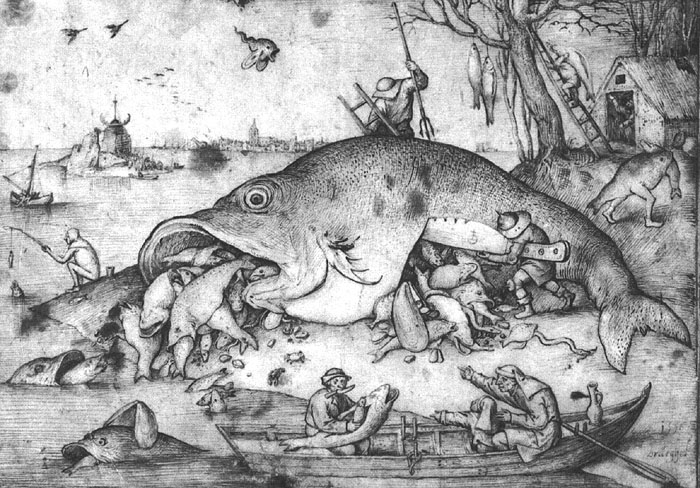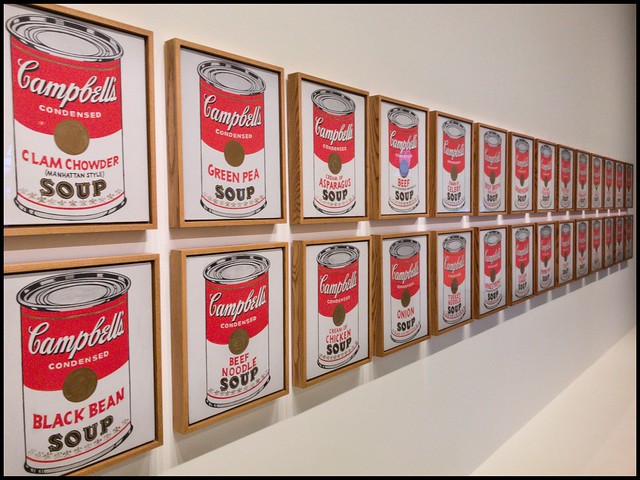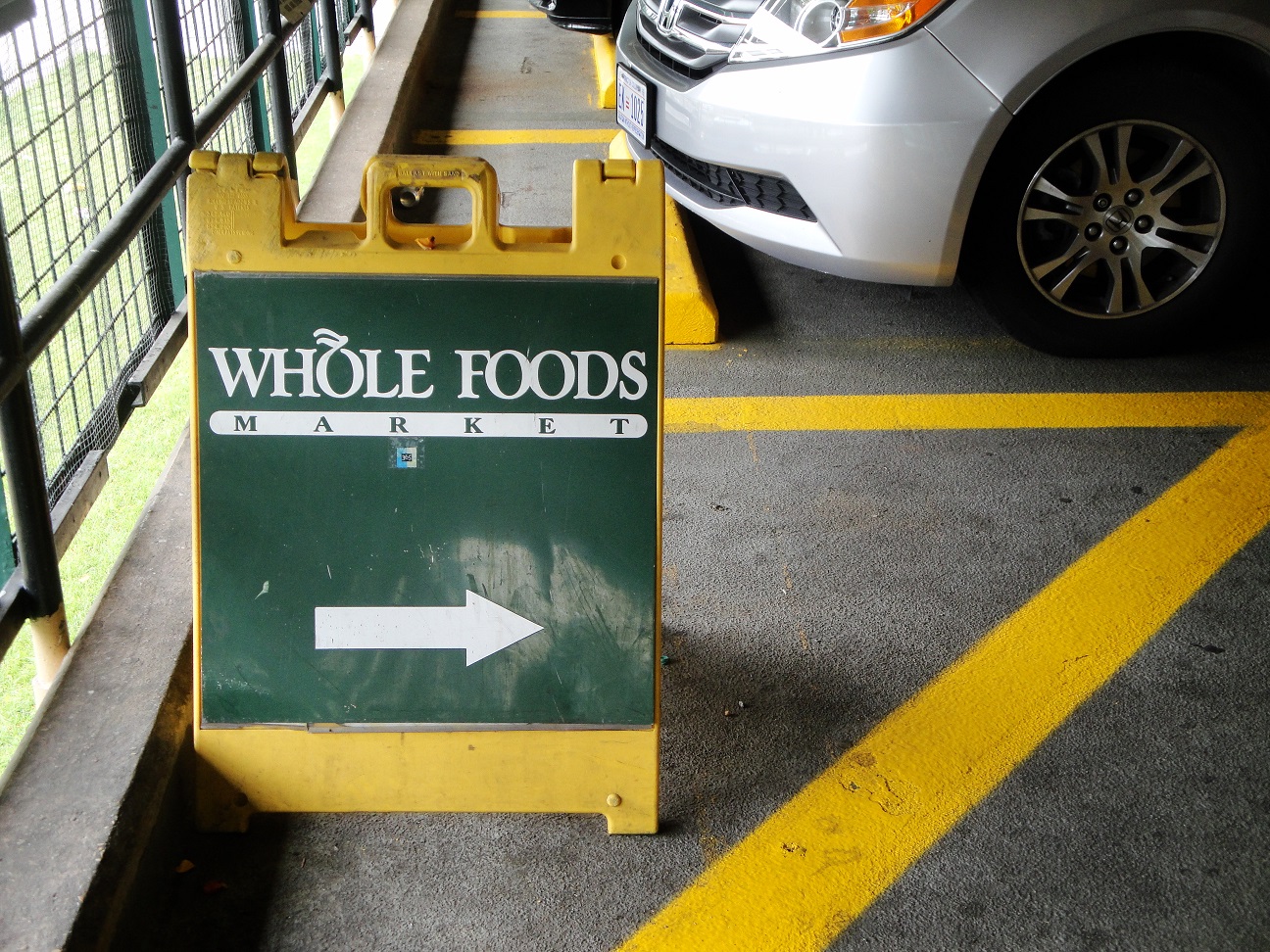How Not To Eat Each Other. Reflections on Vegetarianism, Self-Improvement and Benjamin Franklin

At the age of sixteen, Benjamin Franklin, the first dreamer of the American Dream, turned vegetarian after he had read one of Thomas Tyron’s books, probably his masterwork The Way to Health that was first published in 1683. Tyron, an English vegetarian, moralist, and author of many self-help books and pamphlets, had convinced Franklin of the many benefits of a “vegetable diet,” and so the latter, according to his autobiography, made himself familiar with the preparation of vegetarian dishes. In going vegetarian, Franklin was not primarily motivated by health issues. Rather, he found that doing without meat would help him save half of the wages he earned as an apprentice in his brother’s print shop. “This was an additional fund…



